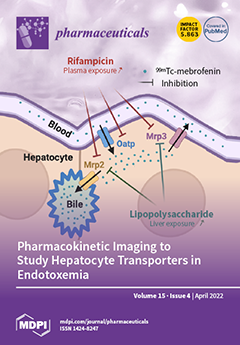This study was conducted to evaluate whether
Allium hookeri can control diabetic symptoms. Aqueous extract (AE1: 100 mg/kg BW, AE2: 200 mg/kg BW) and ethanol extract (EE1: 100 mg/kg BW, EE2: 200 mg/kg BW) of
A. hookeri were orally administrated to diabetic mice
[...] Read more.
This study was conducted to evaluate whether
Allium hookeri can control diabetic symptoms. Aqueous extract (AE1: 100 mg/kg BW, AE2: 200 mg/kg BW) and ethanol extract (EE1: 100 mg/kg BW, EE2: 200 mg/kg BW) of
A. hookeri were orally administrated to diabetic mice (C57BL/J-
db/db) for 8 weeks. The negative (NC) and the positive (PC) control groups were treated with 0.9% saline and metformin (150 mg/kg BW), respectively. Glucose and lipid profile (triglyceride, total cholesterol (TC), LDL-C, and HDL-C) as biochemical parameters, toxicological factors such as liver/kidney functional parameters (ALT, AST, BUN, and Cr), and NK cell activity in blood were measured. Oral glucose tolerance test (OGTT) and histopathological examination were also conducted. Compared with the NC group, AE and EE decreased blood glucose, HbA1c, area under the curve (AUC) during OGTT, and leptin levels while increasing adiponectin levels. Serum lipid profiles and toxicological factors levels were reduced by the
A. hookeri extract. Interestingly, HDL-C, glomerular mesangial expansion score in the kidney, and NK cell activity were effectively controlled in EE groups. Based on the results, EE is considered to be more effective in reducing high blood glucose, lipid profile, and related factor levels than AE, and is comparable to metformin in some biomarkers. It can be presumed that EE can more effectively control the major anomalies in the diabetic model than AE, and it may be used to prevent diabetic symptoms without toxicity in the Type 2 diabetic model.
Full article






